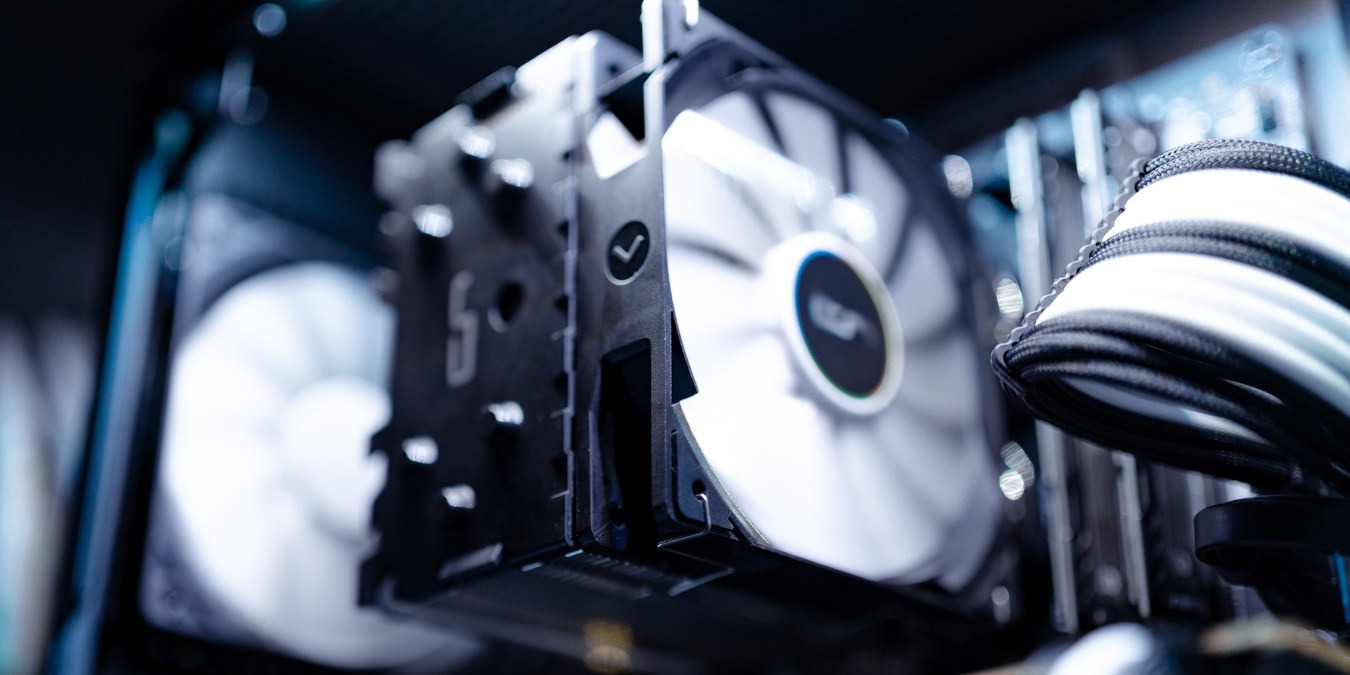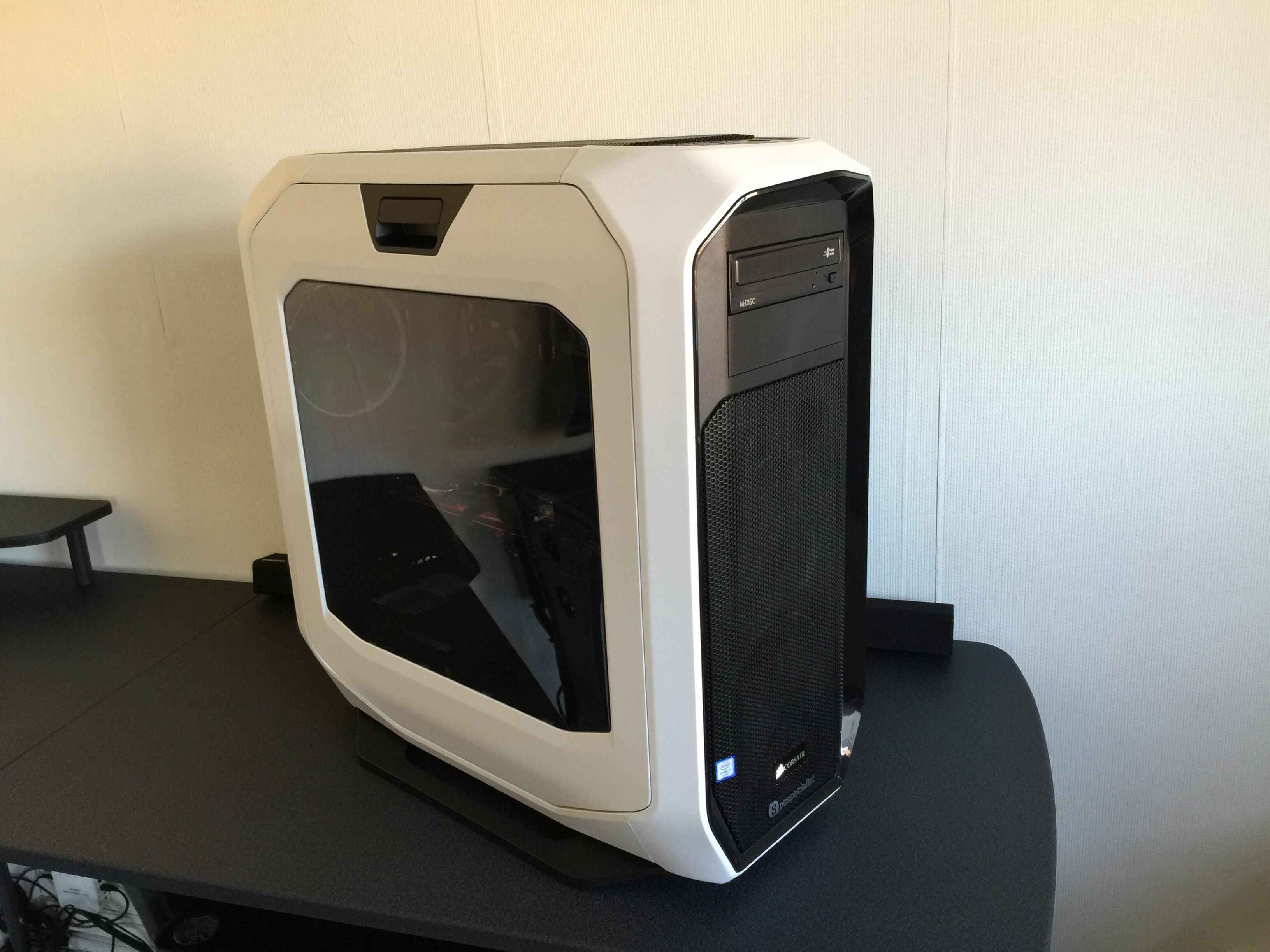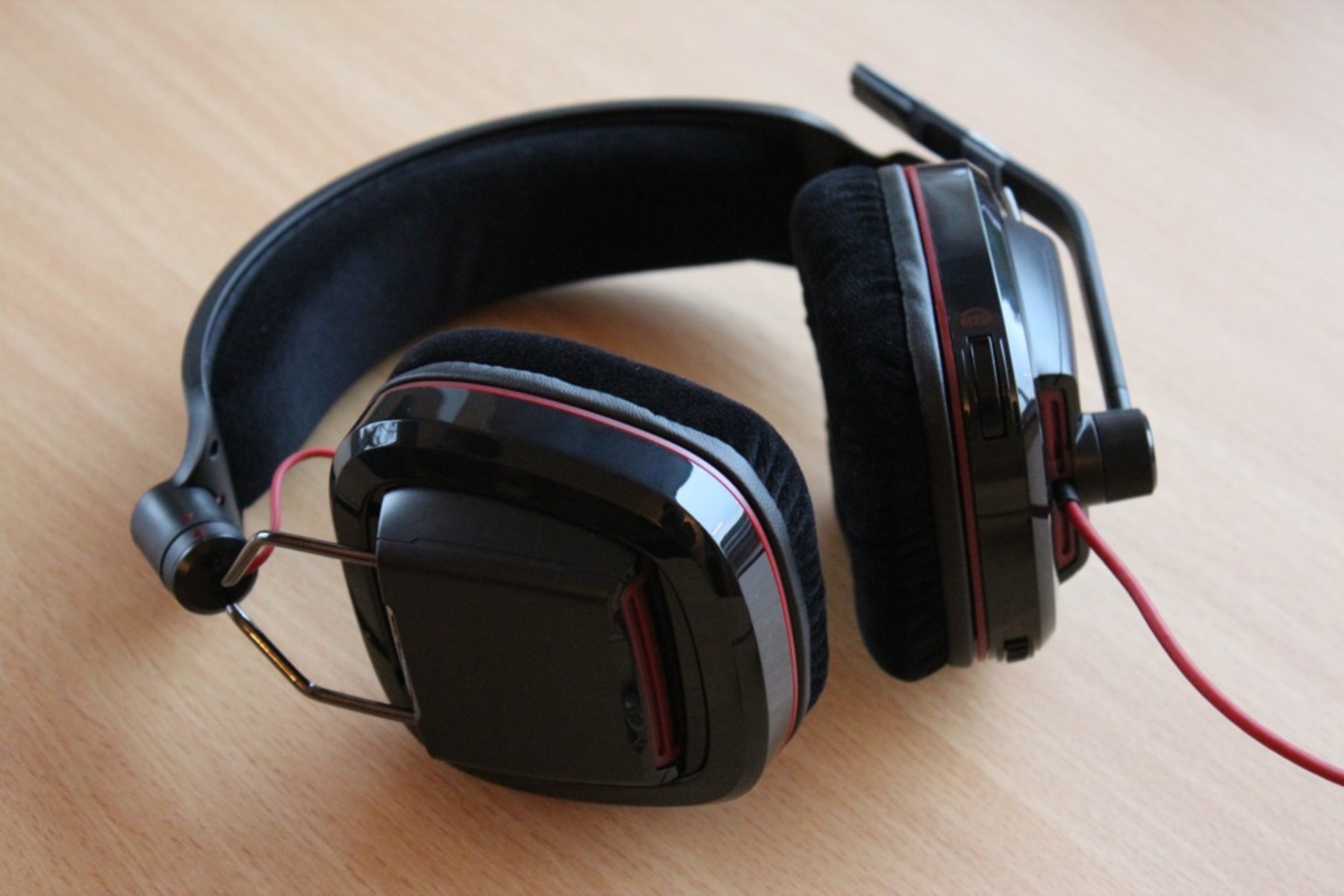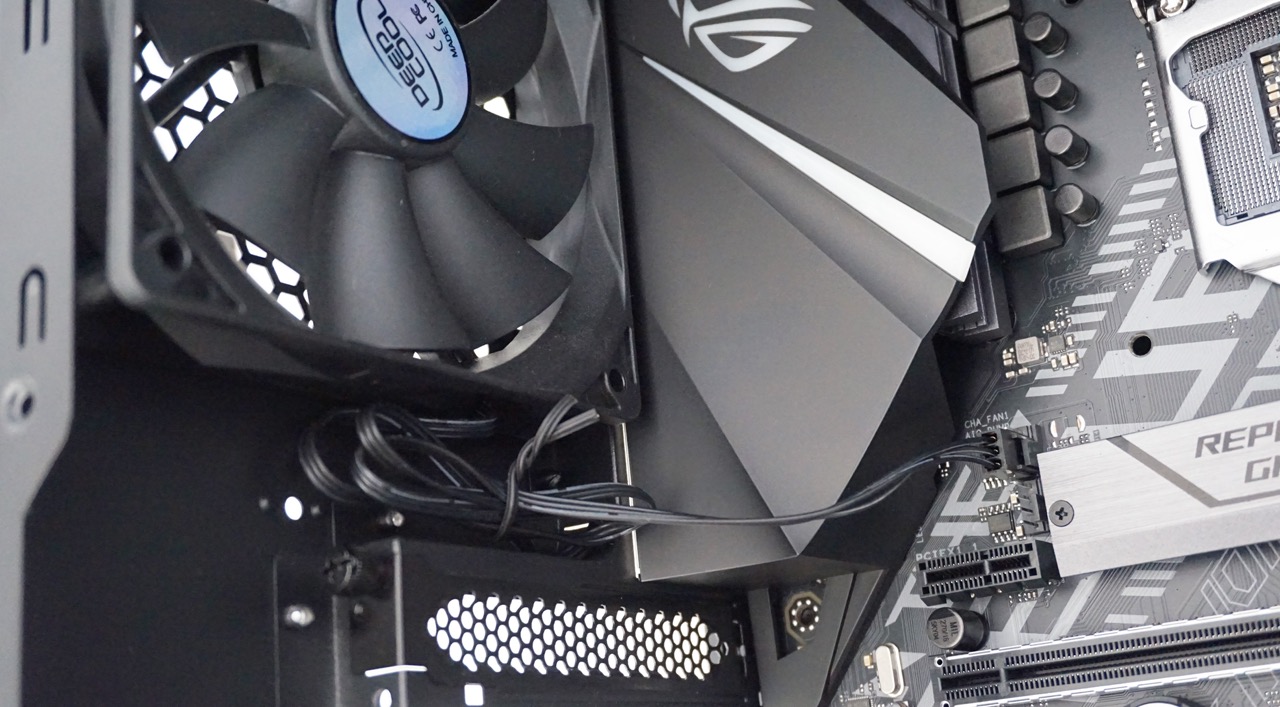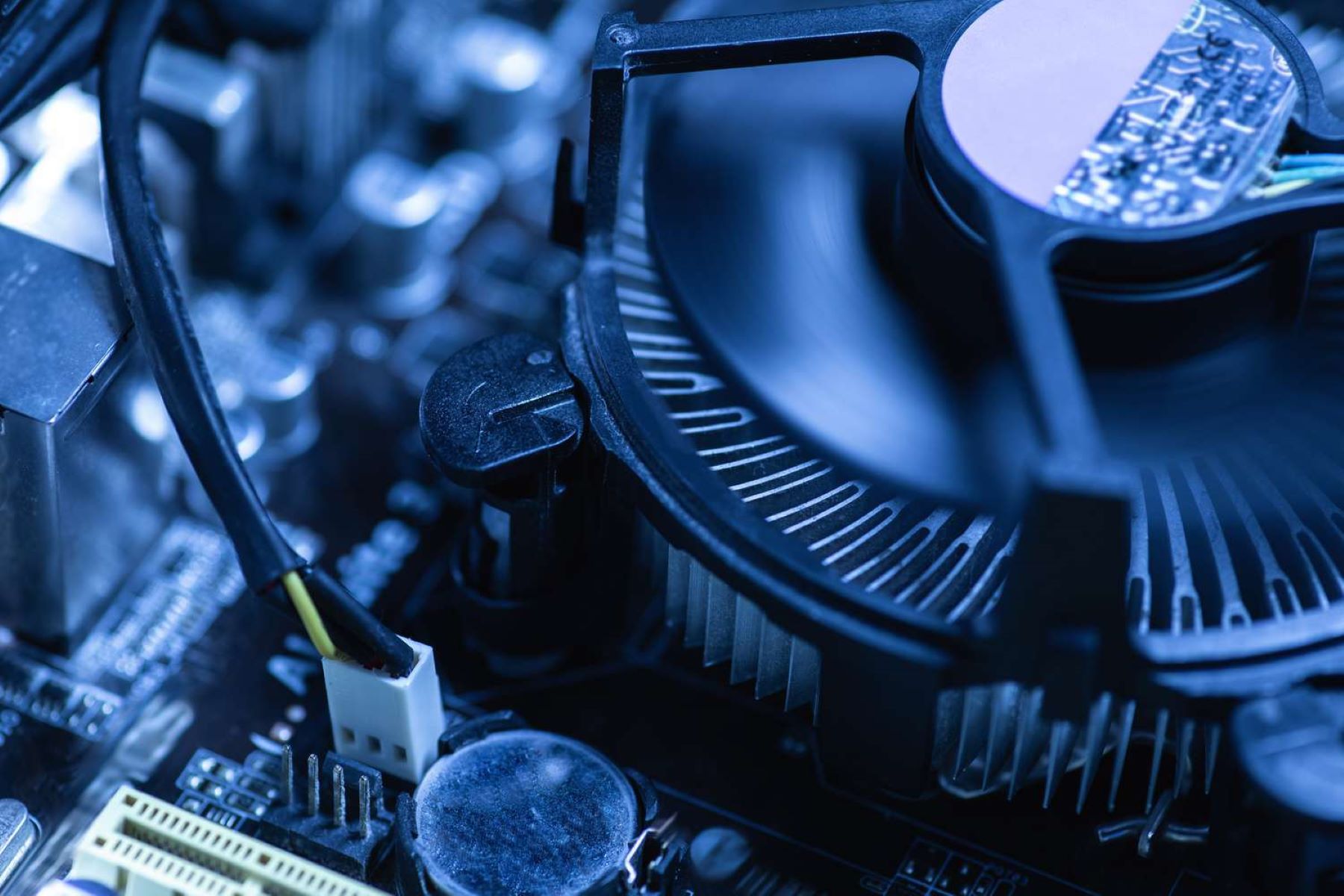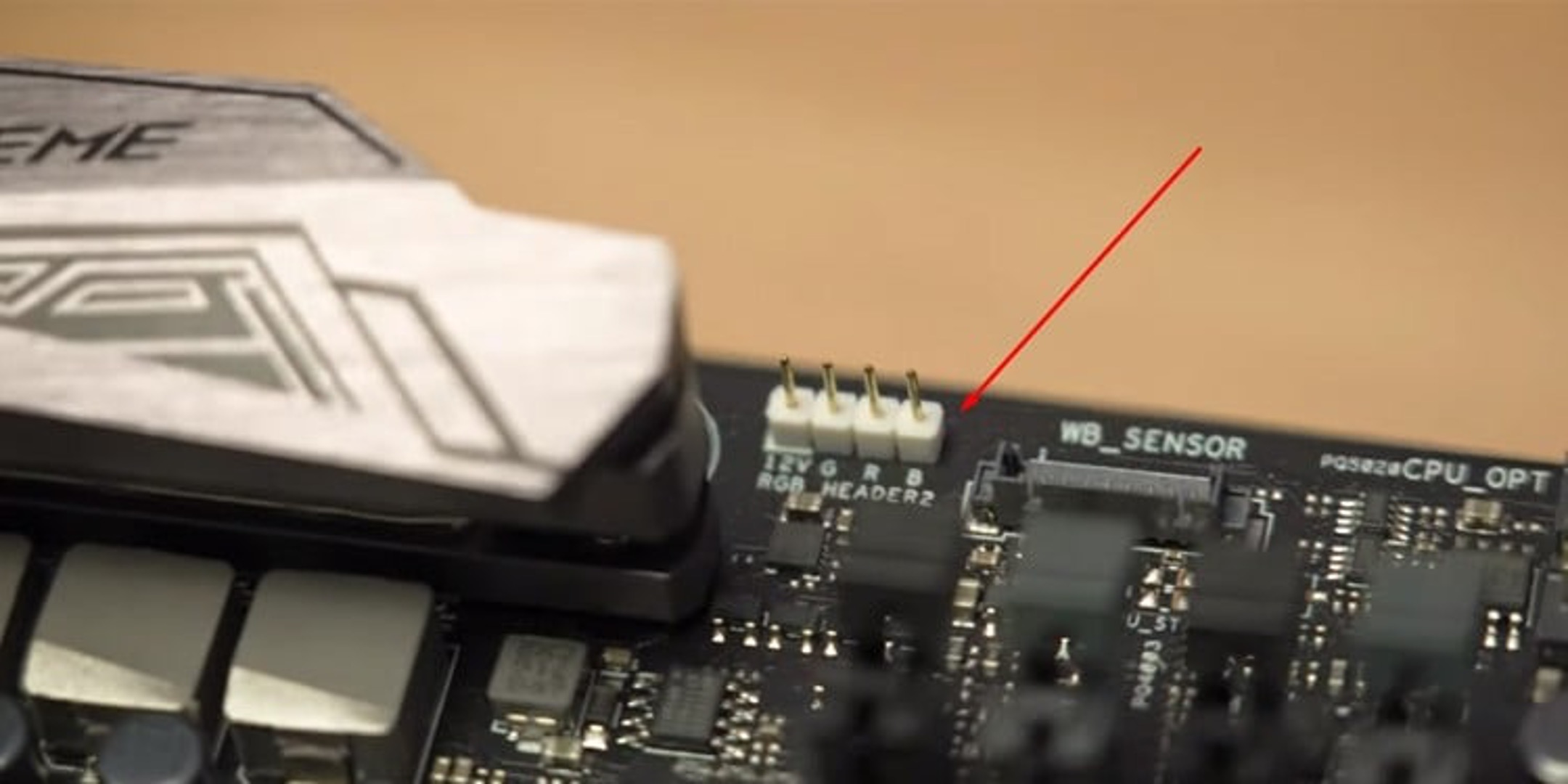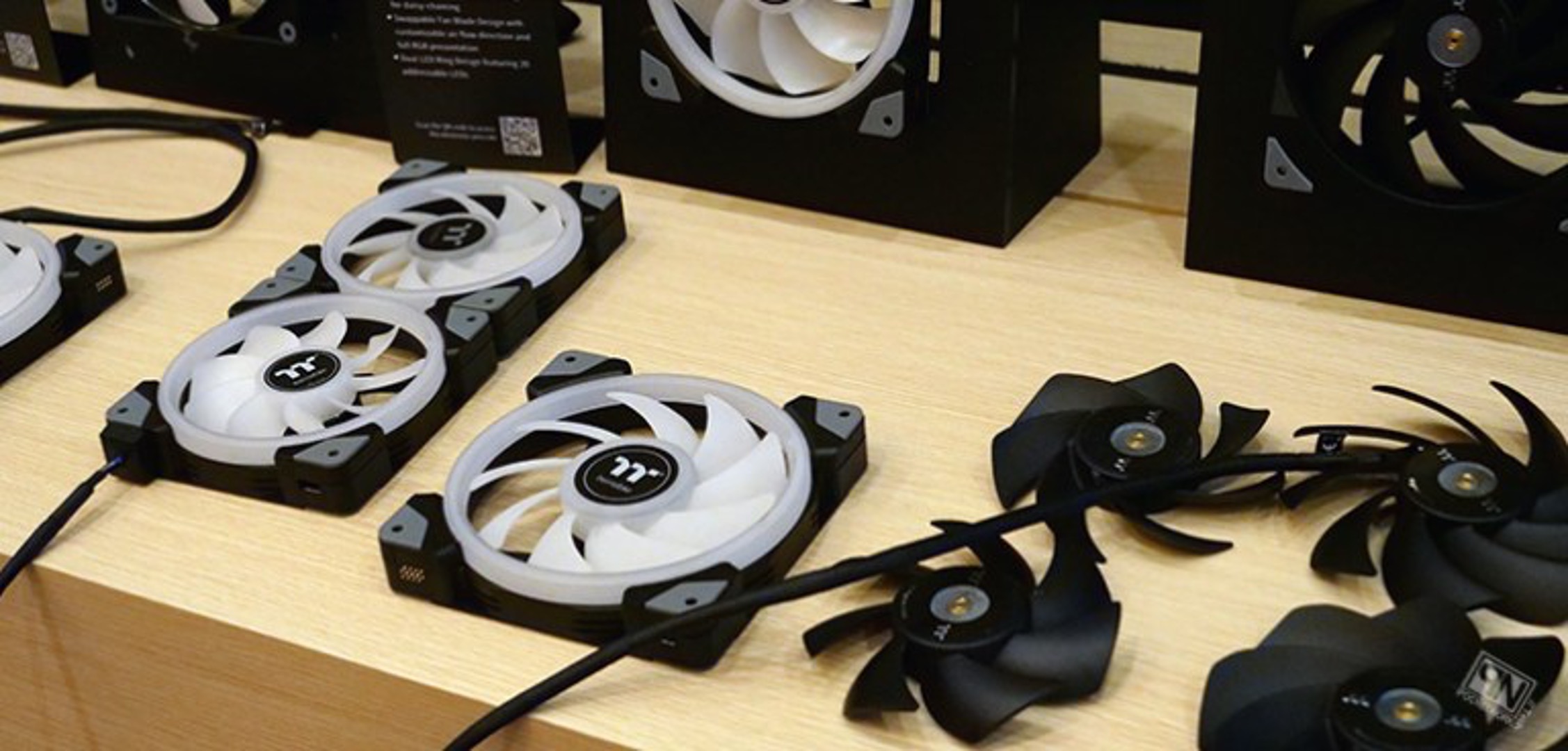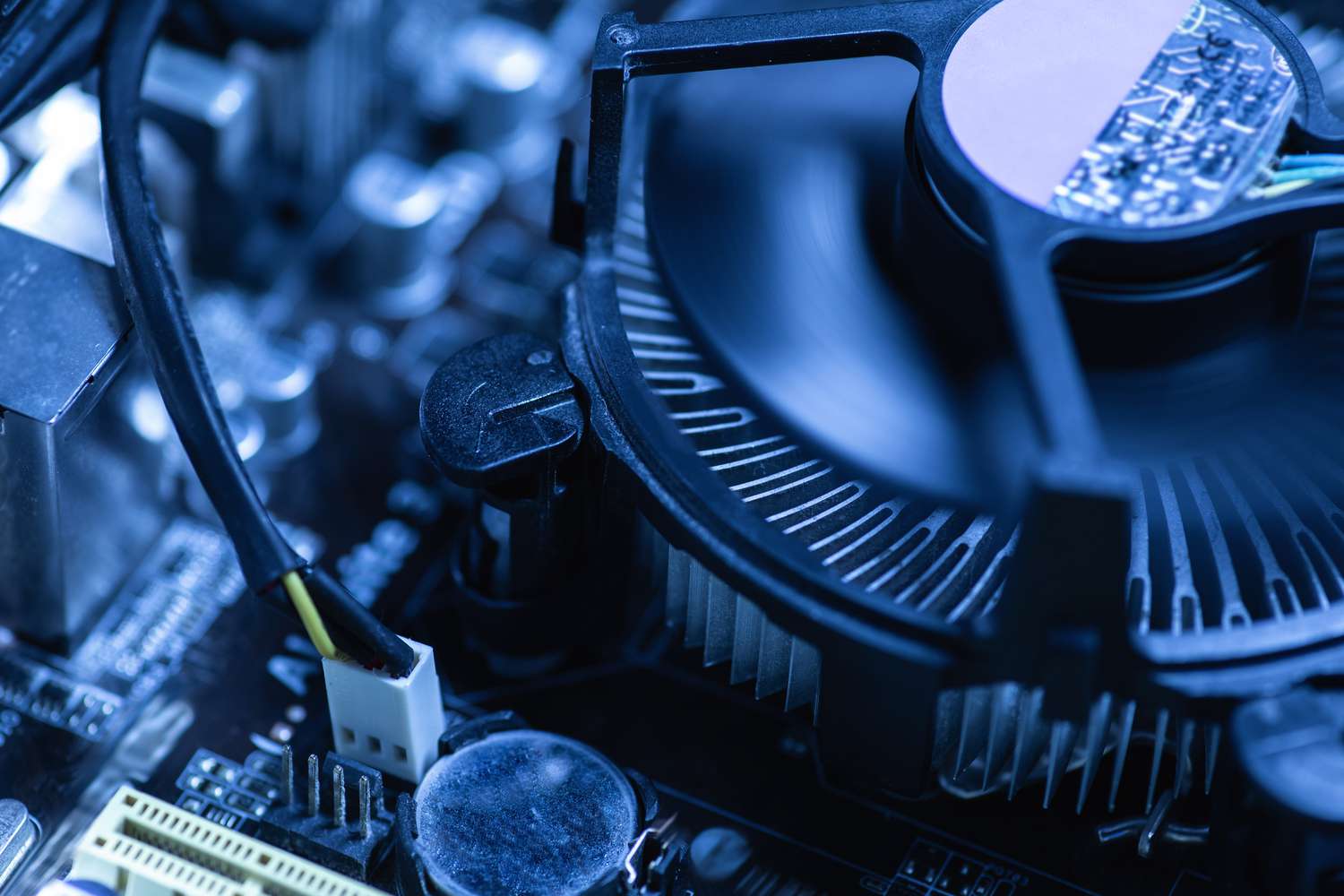Introduction
Are you a PC enthusiast or a gaming enthusiast looking to build your dream rig? If so, you’ve probably come across the Corsair 780T case, a popular choice among PC builders. One key consideration when selecting a computer case is its cooling capabilities. To keep your components running at optimal temperatures, you need to ensure proper airflow within the case. This is where case fan headers come into play.
Case fan headers are connectors on the motherboard that allow you to connect case fans directly. These headers provide power and control to the fans, allowing you to regulate their speed and optimize airflow. The quality and quantity of case fan headers are crucial factors to consider when choosing a case, as they determine the number of fans that can be installed and controlled.
In this article, we will explore the Corsair 780T case and discuss its fan header capabilities. Whether you already own this case or are contemplating purchasing it, understanding the number and placement of case fan headers can help you plan your cooling setup more effectively.
But before we delve further into the case fan headers of the 780T, let’s first take a brief overview of what this case has to offer.
What is the 780T case?
The Corsair 780T is a full-tower computer case that combines sleek design with exceptional functionality. It is part of Corsair’s Graphite Series, known for its high-quality construction and superior cooling capabilities.
The 780T features a bold and aggressive exterior design with a clean, brushed aluminum front panel and a large side window to showcase your components. Its spacious interior can accommodate even the most demanding hardware configurations, making it an ideal choice for gamers, content creators, and PC enthusiasts alike.
The case is equipped with numerous features to enhance usability, including tool-free drive bays, cable management options, and dust filters. It also offers ample space for storage drives, with support for up to three 5.25″ optical drives, six 2.5″ SSDs, and four 3.5″ storage drives.
In terms of cooling, the 780T excels with its ability to accommodate multiple case fans. It supports up to three 140mm front fans, two 140mm top fans, one 140mm rear fan, and one 140/120mm bottom fan. The case also features a built-in fan controller, allowing you to adjust the speed of connected fans to achieve optimal cooling performance.
Additionally, the 780T offers excellent liquid cooling support. It can accommodate radiators up to 360mm in the front, 240mm at the top, and 240/280mm at the bottom. This makes it possible to integrate high-performance liquid cooling solutions for efficient heat dissipation and quieter operation.
With its spacious design, stylish aesthetics, and exceptional cooling capabilities, the Corsair 780T case is a standout choice for those looking to build a powerful and visually stunning PC.
Importance of case fan headers
When it comes to maintaining optimal temperatures for your computer components, proper cooling is essential. Case fan headers play a crucial role in achieving efficient airflow and cooling within the computer case. Here are a few reasons why case fan headers are important:
- Temperature regulation: Case fan headers allow you to connect and control the speed of case fans, which helps regulate the temperature inside the case. By adjusting fan speeds, you can ensure that hot air is efficiently expelled from the case, preventing overheating and potential damage to your components.
- Noise reduction: With case fan headers, you can not only control the speed but also the noise level of the fans. By lowering the speed of the fans, you can reduce the overall noise generated by the cooling system, creating a quieter and more enjoyable computing experience.
- Enhanced performance: By optimizing the airflow within the case, case fan headers contribute to better overall system performance. Cooler temperatures mean that your components can operate at their maximum potential without the risk of thermal throttling, resulting in improved stability and longevity.
- Flexibility and customization: Case fan headers provide flexibility in terms of fan placement and configurations. You can connect multiple fans to different headers and customize their speeds individually for specific cooling needs. This allows you to adapt the cooling setup to different usage scenarios, such as gaming, content creation, or heavy multitasking.
- Futur
How many case fan headers are there on the 780T?
The Corsair 780T case is known for its excellent cooling capabilities, and a key factor in achieving that is the number of case fan headers it offers. These headers allow you to connect and control the speed of case fans, ensuring efficient airflow and temperature regulation. So, how many case fan headers does the 780T have? Let’s find out.
The 780T is equipped with a total of eight case fan headers, providing ample options for configuring your cooling setup. These headers are strategically placed throughout the case, allowing for optimal airflow distribution. Here is a breakdown of the case fan headers available on the 780T:
- Rear fan header: Located at the back of the case, near the rear exhaust fan, this header allows you to connect and control the speed of a single case fan.
- Top fan headers: The 780T features two top fan headers, conveniently situated at the top of the case. These headers enable you to connect and control the speed of additional fans mounted on the top panel, improving cooling performance.
- Front fan headers: The front of the 780T boasts three fan headers, ideal for connecting and controlling the speed of fans installed on the front panel. These headers ensure effective intake of cool air into the case.
- Other fan headers: In addition to the rear, top, and front fan headers, the 780T provides three more case fan headers. These headers are strategically placed throughout the case, allowing you to further expand your cooling options. Whether it’s additional fans mounted on the side panel, bottom panel, or any other area, these headers ensure you have the flexibility to customize your cooling setup to your specific needs.
With a total of eight case fan headers, the Corsair 780T case offers plenty of options to optimize cooling performance. Whether you’re an avid gamer, a content creator, or simply want to ensure optimal temperatures for your components, the 780T’s fan headers provide the necessary control and flexibility to create an efficient and effective cooling solution.
Rear fan header
One of the key case fan headers on the Corsair 780T is the rear fan header. This header is located near the back of the case, close to the rear exhaust fan. It plays a crucial role in extracting hot air from the case and maintaining efficient airflow.
The rear fan header allows you to connect and control the speed of a single case fan. It provides power to the fan and enables you to adjust its speed according to your needs. By regulating the fan speed, you can achieve the desired airflow and effectively expel hot air from the case.
The placement of the rear fan header in close proximity to the rear exhaust fan ensures optimal cooling performance. The exhaust fan removes heat from the case, and the rear fan header allows you to fine-tune its speed, ensuring that hot air is expelled efficiently and effectively.
In terms of compatibility, the rear fan header on the 780T supports both 140mm and 120mm fans, giving you flexibility in choosing the right fan size for your cooling setup. Whether you prefer the quieter operation of a larger 140mm fan or the high-performance airflow of a smaller 120mm fan, the rear fan header has you covered.
Furthermore, the rear fan header is typically connected to the motherboard, allowing you to control the fan speed through software or BIOS settings. This level of control ensures that you can adjust the fan speed based on temperature thresholds or personal preferences, striking a balance between cooling performance and noise levels.
The rear fan header on the Corsair 780T is an important component of the case’s overall cooling system. By leveraging this header’s capabilities, you can optimize the airflow within the case, maintain ideal temperatures for your components, and enhance the overall stability and longevity of your PC.
Top fan headers
When it comes to efficient cooling in the Corsair 780T case, the top fan headers are crucial components. The case is equipped with two top fan headers that provide the flexibility to enhance the cooling performance of your system.
Situated at the top of the case, these fan headers allow you to connect and control the speed of additional fans mounted on the top panel. By installing fans in this location, you can achieve effective exhaust of hot air and maintain a well-regulated airflow within the case.
The two top fan headers on the 780T case offer compatibility with both 140mm and 120mm fans, giving you options based on your cooling preferences. Whether you prioritize maximum airflow with smaller fans or prefer a quieter operation with larger fans, these headers cater to your needs.
The placement of these fan headers at the top of the case ensures efficient heat dissipation, particularly for components such as the CPU and GPU, which tend to generate a significant amount of heat. By installing fans on the top panel and connecting them to these headers, you can effectively expel the hot air that rises inside the case, reducing the overall system temperature.
Additionally, these top fan headers are typically connected to the motherboard, allowing for control through software or BIOS settings. This means you can adjust the fan speeds based on temperature thresholds or your personal preferences. The ability to fine-tune the fan speeds ensures that you strike the right balance between cooling performance and noise levels.
Whether you are an avid gamer pushing your system to its limits or a content creator running resource-intensive tasks, the top fan headers of the Corsair 780T case provide a valuable opportunity to optimize the cooling performance of your PC. By installing additional fans and connecting them to these headers, you can achieve efficient and effective cooling, ensuring the smooth operation of your components even under heavy workloads.
Front fan headers
The Corsair 780T case offers excellent cooling capabilities, and a significant contributor to its cooling efficiency is the presence of front fan headers. With three front fan headers, this case provides ample opportunities to enhance cooling by improving the intake of cool air.
Located on the front panel of the 780T, these fan headers allow you to connect and control the speed of fans installed on the front side of the case. By installing fans in this area and connecting them to these headers, you can ensure a steady flow of fresh air into the case, improving the overall cooling performance.
The three front fan headers on the 780T provide compatibility with both 140mm and 120mm fans, giving you flexibility in choosing the right fan size for your cooling needs. Whether you prioritize maximum airflow or prefer a more balanced combination of airflow and noise levels, these headers accommodate your preferences.
The placement of fans on the front panel, coupled with these fan headers, allows for effective cooling of components such as the CPU and GPU, which tend to generate significant heat. As the fans pull cool air into the case through the front panel, the front fan headers enable you to regulate the fan speeds and optimize airflow, ensuring that these components stay at optimal temperatures.
Like other fan headers in the 780T, the front fan headers are typically connected to the motherboard, allowing for control through software or BIOS settings. This level of control enables you to adjust the fan speeds based on temperature thresholds or personal preferences, allowing you to strike the right balance between cooling performance and noise levels.
Whether you’re a gaming enthusiast, a content creator, or someone who needs a high-performance PC, the front fan headers of the Corsair 780T offer a valuable opportunity to enhance cooling and maintain lower temperatures. By utilizing these headers and installing fans on the front panel, you can create a well-regulated airflow that keeps your components operating at their best, even during demanding tasks.
Other fan headers
In addition to the rear, top, and front fan headers, the Corsair 780T case offers three more fan headers in strategic locations, allowing for additional cooling options and customization. These other fan headers provide flexibility to accommodate fans mounted in different areas of the case, further enhancing the overall cooling performance.
These fan headers are strategically placed throughout the case to provide optimal cooling in specific areas. Whether you want to install fans on the side panel, bottom panel, or any other location, these headers ensure that you can connect and control the speed of the additional fans.
The exact placement of these fan headers may vary based on the specific model and version of the 780T case you have. However, they are typically located in areas that optimize the airflow and cooling within the case.
By utilizing these additional fan headers, you can customize your cooling setup to fit your specific needs. Whether you want to increase intake airflow, improve exhaust capabilities, or create a balanced airflow throughout the case, these headers offer the flexibility to achieve your desired cooling configuration.
Similar to the other fan headers on the 780T, these additional headers are typically connected to the motherboard, enabling control of the fan speeds through software or BIOS settings. This control allows you to adjust the fan speeds based on temperature thresholds or personal preferences, ensuring that your cooling setup operates optimally.
The presence of these other fan headers in the Corsair 780T case provides you with additional options and flexibility to customize your cooling solution. Whether you want to install fans in unconventional areas or create a specific airflow pattern, these headers allow you to fine-tune your cooling setup to ensure optimal performance and temperature regulation for your components.
Conclusion
The Corsair 780T case proves to be an excellent choice for PC enthusiasts and gamers who prioritize efficient cooling. With its numerous case fan headers strategically placed throughout the case, the 780T provides ample opportunities to customize and optimize your cooling setup.
The rear fan header, situated near the rear exhaust fan, allows for effective heat expulsion and regulation of air circulation within the case. The two top fan headers enable additional exhaust options, ensuring efficient cooling for CPU and GPU components. The three front fan headers improve intake airflow, maintaining low temperatures for optimal performance. Moreover, the presence of additional fan headers allows for even more customization and flexibility in creating the ideal airflow pattern for your specific needs.
By connecting fans to these headers and controlling the fan speeds, you can regulate temperatures, reduce noise levels, and enhance performance. The ability to fine-tune fan speeds through the motherboard enables you to create the perfect balance between cooling performance and noise output.
Whether you’re assembling a gaming rig or a high-performance workstation, the Corsair 780T case provides the essential cooling capabilities necessary for smooth, efficient, and stable operation. With its modern design, spacious interior, and ample case fan headers, it offers the perfect combination of both aesthetics and functionality.
In conclusion, the Corsair 780T case stands tall as a top choice for those seeking excellent cooling capabilities. Its well-placed case fan headers, ranging from the rear and top to the front and other areas of the case, offer the flexibility and control needed to create an optimized cooling configuration. With the 780T, you can keep your components operating at peak performance and enjoy a gaming or computing experience free from thermal throttling.







